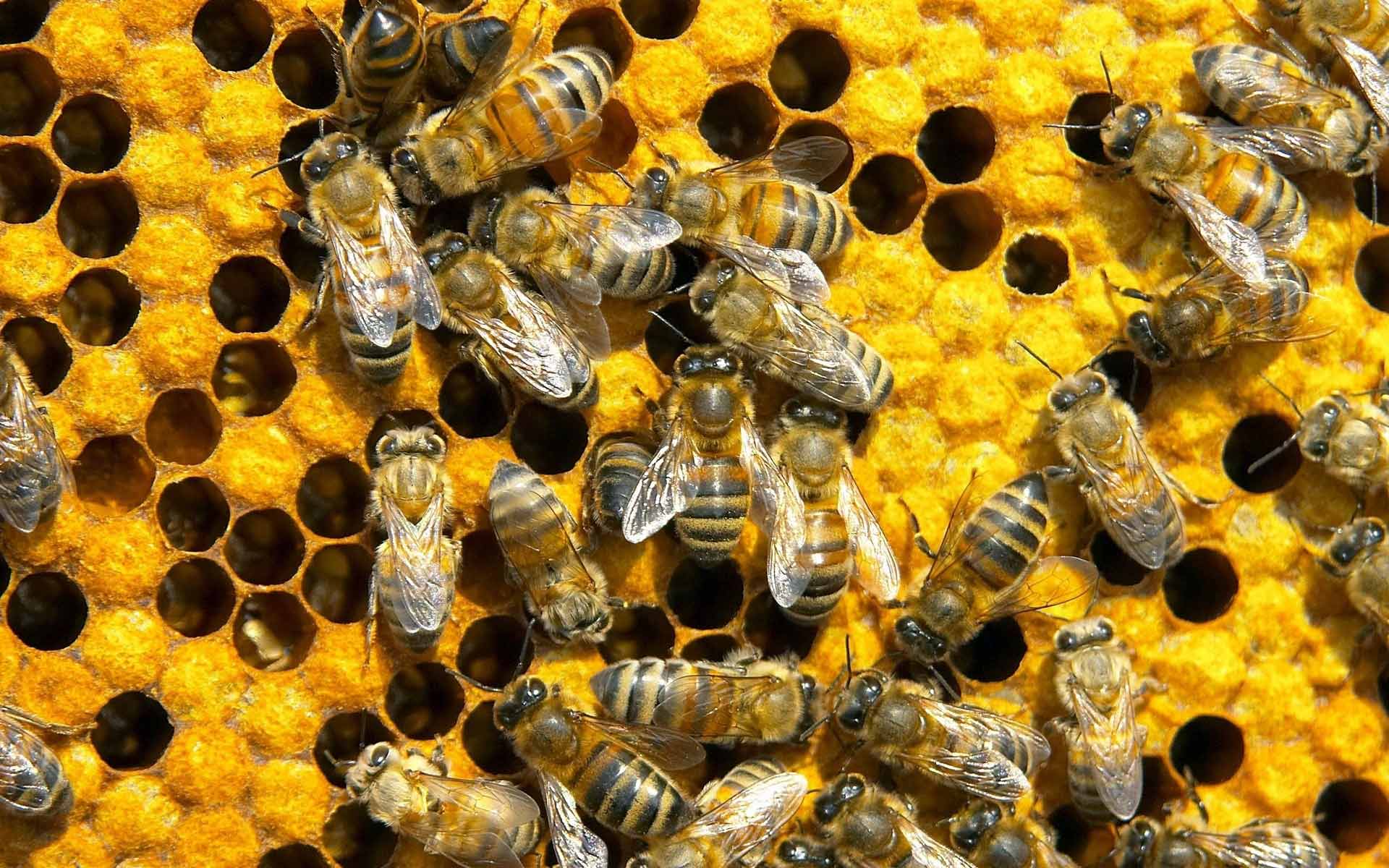 |
| GUESS WHICH BEE ONLY HAS HALF A SET OF CHROMOSOMES??? |
Sometimes, a worker female will lay eggs. However, if another worker female who is more related to the queen than they are to the worker female finds these eggs, the nosy parker will remove those eggs! This is called worker policing. Sometimes those eggs are eaten, sometimes the uppity worker is repeatedly attacked.
 |
| Vicious, gossipy tattle-bees. |
Bizarrely, Naked Mole Rats and Damaraland Mole Rats (their furrier cousins) have similar eusocial systems. In both species there is a dominant rat pair, and the rest of the rats are sterile. This condition can be reversed if the dominant female dies: the female rats get their groove back, though they do refuse to mate with anyone they're related to.
 |
| Queen's dead, it's orgy time! No, not you Steve. This isn't Alabama. |
 |
| Of course, the other reason could be that this is what a naked mole rat with mad sex appeal looks like. Makes us not really want to mate either, come to think of it. |
Works cited:
Hoell, H.V., Doyen, J.T. & Purcell, A.H. (1998). Introduction to Insect Biology and Diversity, 2nd ed. Oxford University Press. pp. 570–579. David P. Cowan and Julie K. Stahlhut (July 13, 2004). "Functionally reproductive diploid and haploid males in an inbreeding hymenopteran with complementary sex determination".PNAS 101 (28). doi:10.1073/pnas.0402481101.
Davies, N.R., Krebs, J.R., and West, S.A. An Introduction to Behavioral Ecology. 4th ed. West Sussex: Wiley-Blackwell, 2012. Print. pp. 387-388
Dugatkin, L. 1997. Cooperation among Animals: An Evolutionary Perspective (Oxford Series in Ecology & Evolution)
Wenseleers, Tom; Adam G. Hart, Francis L. W. Ratnieks (December 2004)."When Resistance Is Useless: Policing and the Evolution of Reproductive Acquiescence in Insect Societies". The American Naturalist (The University of Chicago Press for The American Society of Naturalists) 164 (6): E154–E167

No comments:
Post a Comment